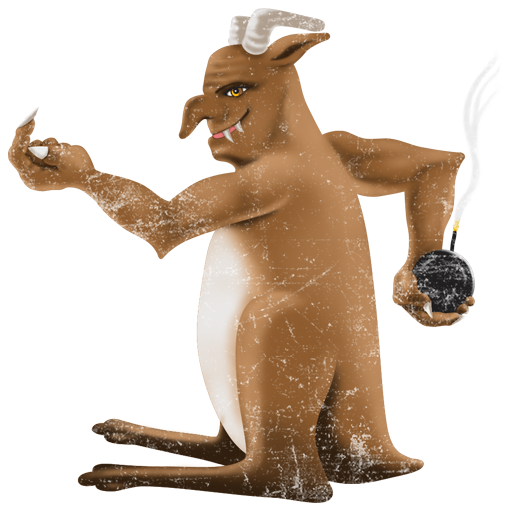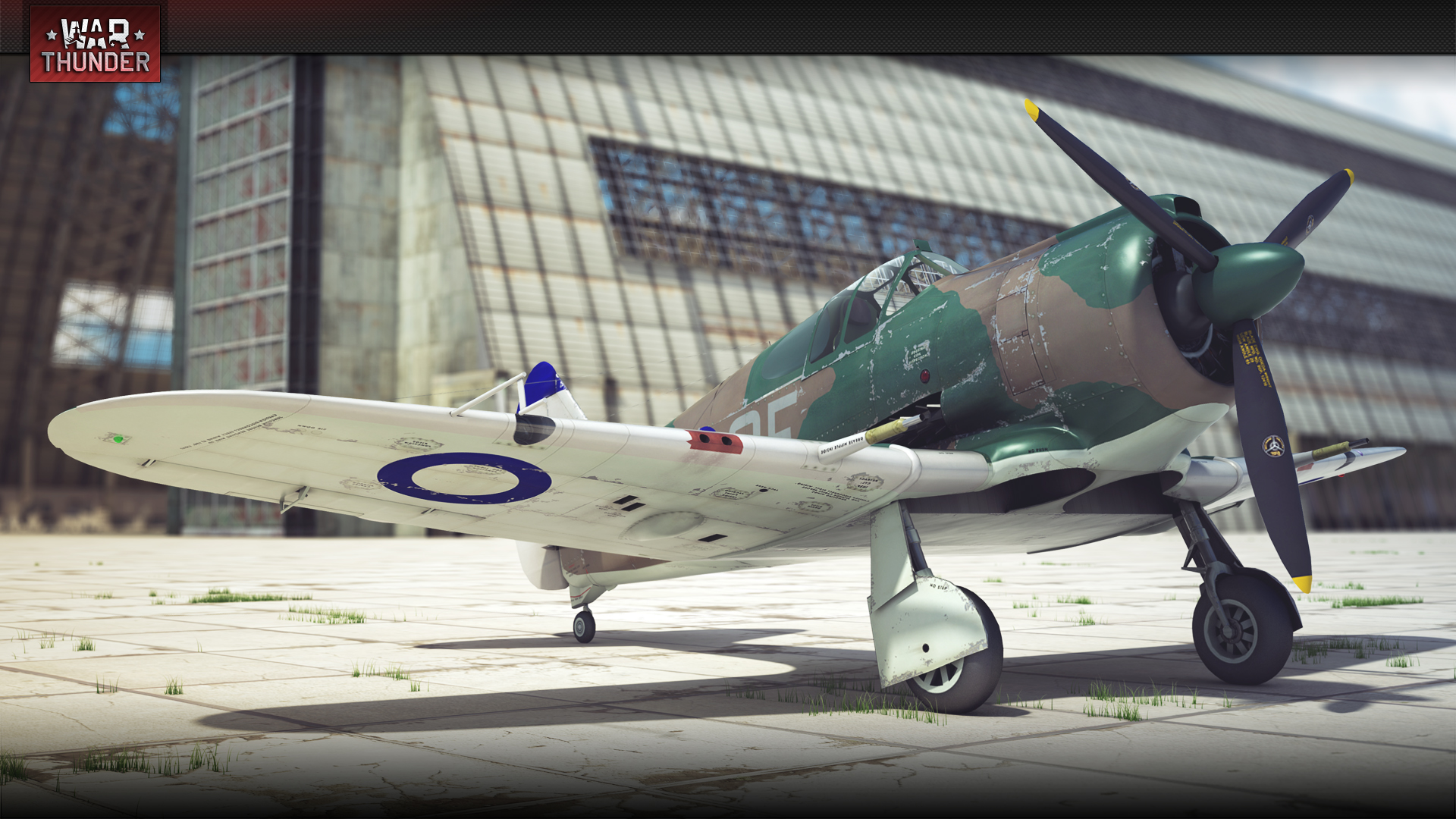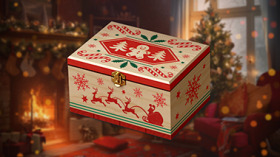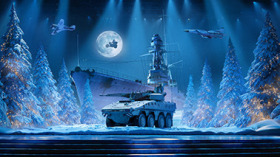
- Для PC
- Для Mac
- Для Linux
- ОС: Windows 10 (64 bit)
- Процессор: Dual-Core 2.2 GHz
- Оперативная память: 4 ГБ
- Видеокарта с поддержкой DirectX версии 11: AMD Radeon 77XX / NVIDIA GeForce GTX 660. Минимальное поддерживаемое разрешение – 720p.
- Сеть: Широкополосное подключение к Интернету
- Место на жестком диске: 23.1 Гб
- ОС: Windows 10/11 (64bit)
- Процессор: Intel Core i5 или Ryzen 5 3600 и выше
- Оперативная память: 16 ГБ
- Видеокарта с поддержкой DirectX 11 и выше: Nvidia GeForce 1060 и выше, Radeon RX 570 и выше
- Сеть: Широкополосное подключение к Интернету
- Место на жестком диске: 75.9 Гб
- Операционная система: Mac OS Big Sur 11.0
- Процессор: Core i5, минимум 2.2GHz (Intel Xeon не поддерживается)
- Оперативная память: 6 Гб
- Видеокарта: Intel Iris Pro 5200 (Mac) или аналогичная видеокарта AMD/Nvidia для Mac (минимальное поддерживаемое разрешение – 720p) с поддержкой Metal
- Место на жестком диске: 23.1 Гб
- Операционная система: Mac OS Big Sur 11.0
- Процессор: Intel Core i7 (Intel Xeon не поддерживается)
- Оперативная память: 8 Гб
- Видеокарта: Radeon Vega II и выше с поддержкой Metal
- Место на жестком диске: 75.9 Гб
- Операционная система: Современные дистрибутивы Linux 64bit
- Процессор: Dual-Core 2.4 ГГц
- Оперативная память: 4 Гб
- Видеокарта: NVIDIA GeForce 660 со свежими проприетарными драйверами (не старее 6 месяцев) / соответствующая серия AMD Radeon со свежими проприетарными драйверами (не старее 6 месяцев, минимальное поддерживаемое разрешение - 720p) с поддержкой Vulkan
- Место на жестком диске: 23.1 Гб
- Операционная система: Ubuntu 20.04 64bit
- Процессор: Intel Core i7
- Оперативная память: 16 Гб
- Видеокарта: NVIDIA GeForce 1060 со свежими проприетарными драйверами (не старее 6 месяцев) / Radeon RX 570 со свежими проприетарными драйверами (не старее 6 месяцев) с поддержкой Vulkan
- Место на жестком диске: 75.9 Гб
We have 2 RAAF Boomerang models in the game - Mk.I for 1150  & Mk.II 1320
& Mk.II 1320 
The Royal Australian Air Force was officially created on the 31st of August, 1921. It’s beginnings, however, date back to service undertaken during World War 1 and can trace its heritage back to the Central Flying School formed on the 7th of March 1913, when lessons and instruction would take place in canvas tents. The AFC was then formed at Point Cook, Victoria, during 1914; it’s official usage being instituted when attached to the formation of the first Australian Imperial Forces. From this humble beginning Australia became the only commonwealth colony to set up a separate flying corps for service during the First World War. Known as the Australian Flying Corps, they served in Mesopotamia, the Middle East, Britain, France, and as an occupation force in Germany.
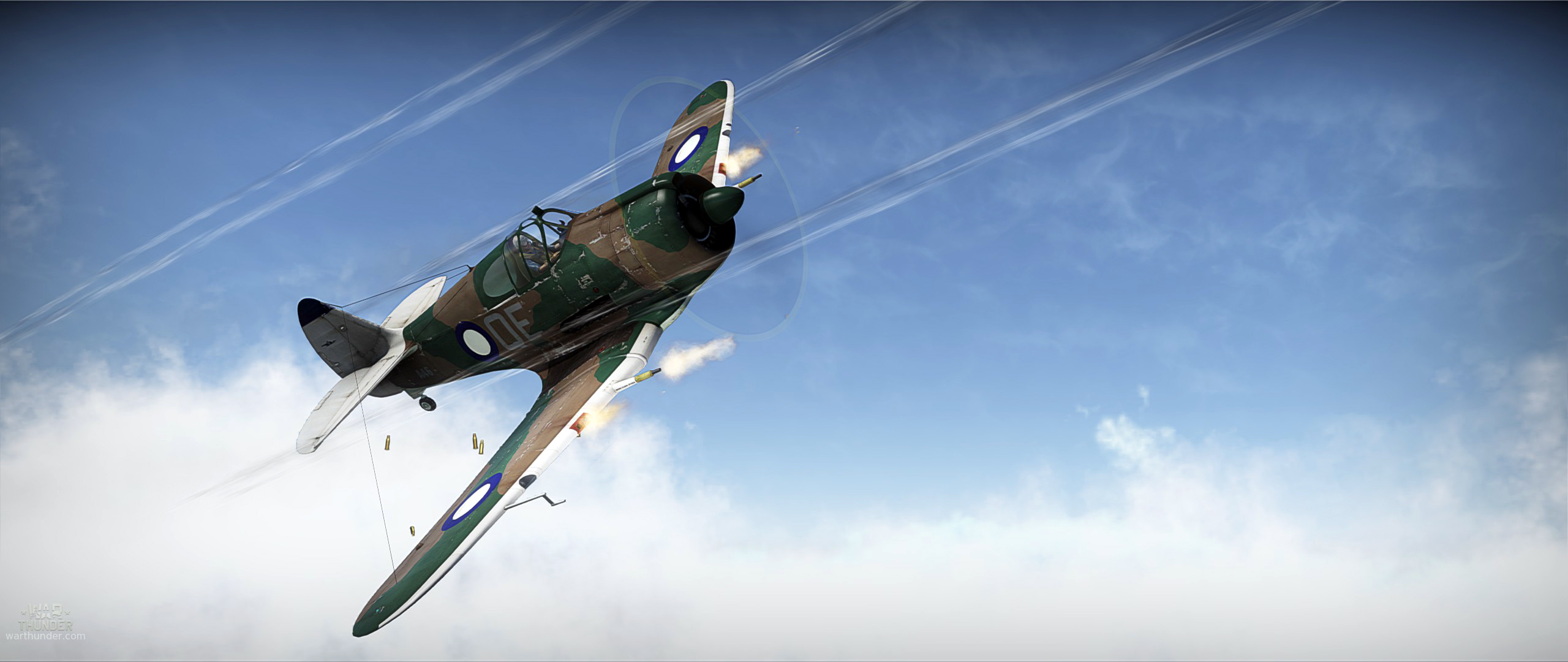 |
| Boomerang Mk.II in War Thunder |
Following its separation from the Australian army and subsequent formation on the 31st of march 1921, the Australian Air Force was given His Majesty’s recognition, and took on the ‘Royal’ prefix on 31st of August 1921. Despite the dedication and service of it’s members during World War One, the interwar years were difficult, and left the RAAF ill prepared to face the coming of the Second World War.
The Second World War forced the RAAF and the Australian aircraft industry into a rapid level of expansion and development. Major commitments were made to several areas, including the European theater via Bomber Command, the home defence of Britain, and naval warfare operations and service in the mediterranean area including Egypt, Syria, Palestine, Tunisia, Italy, Malta and Gibraltar.
The Pacific theater was, however, a very different beast. Relegated as a secondary front to that of the European theater, the Pacific, and indeed Australia’s area of concern, was given lesser priority in terms of troops and supplies. All allied air forces under operational duties in the South-West Pacific Area were organised under the headquarters designated as "Allied Air Forces, South-West Pacific Area". Under the leadership of Lt-General Kenney, the command comprised the Fifth American Air Force, various units of the Royal Australian Air Force, one Royal Air Force fighter squadron; and one Netherlands Air Force medium bomber squadron.
By April 1943, Kenney's force included sixty-nine squadrons assigned to the South-West Pacific Area, with 31 squadrons originating from the RAAF. An additional 12 squadrons were operating in the SWPA, but not under Kenney’s command. The war in the Pacific would eventually be won; the sacrifice and lessons had been learned and experienced, and the forward defence of Australia and it’s people would become the main area of concern for the RAAF, a now well established military force.
 |
| X-ray view of the RAAF Boomerang Mk.II |
The British Commonwealth Occupation Force in Japan was tasked with the enforcement of the unconditional surrender that had ended the war. The BCOF was required to maintain military control and to supervise the demilitarisation and return of Japan's war industry to civilian production. The RAAF component of this occupation force was stationed at Bofu, in Yamaguchi Prefecture. The RAAF squadrons which served in Japan flew variants of CAC Mustangs, the Australian Licence built P-51D’s.
Australian Units of the BCOF, led by Wing Commander Lou Spence, flew the first Australian ground support operations over Korea. Over the next few weeks, No. 77 Squadron flew numerous sorties against KPA forces, and combined with allied air units, greatly assisted in slowing the North Koreans’ advance. The Korean War exemplified the age of the Jet Fighter and the RAAF was soon flying Gloster Meteor F.8’s over the peninsular.
Australia's involvement in the Malayan Emergency began in 1950 with the arrival of RAAF aircraft and personnel in Singapore. Six Lincoln bombers of 1 Squadron RAAF provided the core of aerial operations. These Lincolns were increasingly used in combined forces, which would partake in air and ground assaults against Communists troops, carrying out over 3000 sorties during an 8 year period. These Aircraft were eventually joined by RAAF Canberra Bombers and CAC Avon Sabres.
The RAAF would continue to serve as part of the United nations, and in ANZUS treaty obligations, serving in Vietnam and Cambodia, as well as taking part in recent Middle Eastern conflicts. Today, the RAAF flies both the F/A-18A and F/A-18B Hornets as well as the F/A-18F Super Hornet in strike combat and transport roles. Humanitarian operations are also a very large part of the RAAF’s duties, with C-17A Globemaster III’s, C-130J Hercules’ and AP-3C Orion aircraft providing emergency aid from the Indian Ocean in the west to the Pacific Islands in the east and southwards to Australia’s vast Antarctic possessions.
Author: Aaron "Anglomani" Lentz
With an upcoming update, we will add the P-40 noseart
from 77th sqn RAAF & RAAF Roundel, 1942-1946:
